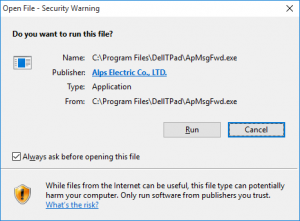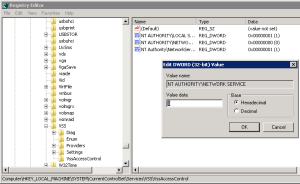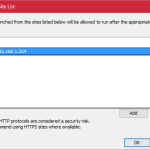I’ve been working on needed to copy a number of files from one client site to another, my issue is that they have separate Active Directory domains and there is no trust between them. Using PowerShell, we can save a user credential and then use that to map a network drive with them and perform our copy.
We will setup the credential to be stored in a text file, although a cool feature of PowerShell it’s very limited in that it can only be decrypted by the user who created it on the same local machine (which is fine for our needs). The following cmdlet will prompt for a string to encrypt, which in this case is our password.
Read-Host -ASSecureString | ConvertFrom-SecureString | Out-File E:\Scripts\password.txt
Once done, we will build up our PowerShell script that will read the file, map a network drive via PowerShell which will use the secure credentials and then copy across our files.
$password = Get-Content E:\Scripts\password.txt | ConvertTo-SecureString $credentials = new-object -typename System.Management.Automation.PSCredential -argumentlist "domain\username",$pass New-PSDrive -Name Z -PSProvider filesystem -Root "\10.15.2.5\Baseline$" -Credential $creds Remove-Item -Path Z:\ -filter *.bak Copy-Item -filter *.bak E:\Backup -Destination Z:\ -ErrorAction SilentlyContinue -ErrorVariable A Remove-PSDrive Z
The script copies files, and is a quick and dirty way to get files from a server in one domain to another without any sort of trust.



